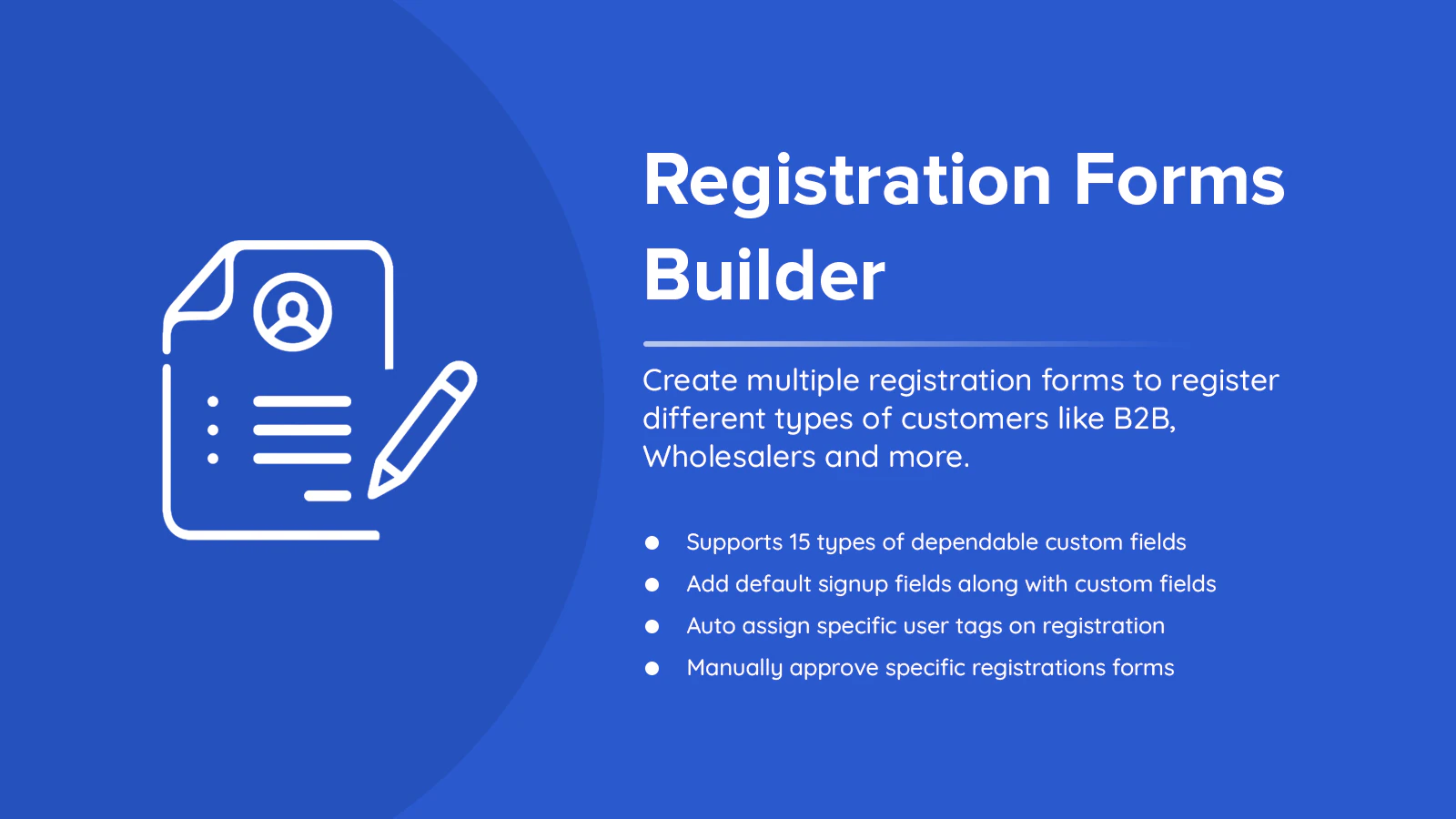Getting noticed is only half the battle. Converting casual visitors into loyal customers begins with a simple yet powerful tool: the sign-up form. For Shopify merchants, this element is more than just a space to collect emails—it’s a strategic gateway to building relationships, personalizing marketing, and accelerating growth. In this guide, we’ll walk you through how to craft high-impact Shopify sign-up forms that actually work.
Why Sign-Up Forms Matter
A custom sign up form might look small on your website, but it holds immense potential. It’s often your first opportunity to collect valuable customer data, from email addresses to preferences, demographics, or even B2B qualification details. This data not only powers your marketing efforts but also gives you the insights you need to personalize customer experiences, which can drastically increase engagement and conversions.
Step 1: Define the Goal
Before building your form, ask yourself: What is the main goal?
- Do you want to grow your email list?
- Are you segmenting leads for B2B sales?
- Do you want to understand customer preferences?
Clear goals will shape the form’s design, placement, and content. For example, if your goal is to qualify B2B leads, apps like B2B Registration Forms Builder allow you to collect custom fields like company name, tax ID, and order volume, helping you identify high-value customers early.
Step 2: Keep It Simple but Effective
A high-impact form balances information-gathering with user convenience. Too many fields can turn users away. Start with essential info (e.g., name and email), and if more is needed, try progressive profiling—gradually collecting more data over time.
Use form elements like checkboxes, dropdowns, and conditional logic only where necessary. The easier it is to complete, the more likely your visitor will hit “submit.”
Step 3: Offer Clear Value
Visitors won’t give you their information for nothing. Offer a compelling reason to sign up:
- A discount code
- Free shipping
- Access to exclusive products or early drops
- Useful content like guides or lookbooks
Make the incentive clear right above or below the form. And be honest—transparency builds trust and encourages conversions.
Step 4: Design for Conversion
Good design boosts trust. Make sure your form matches your store’s branding. Keep fonts, colors, and buttons consistent with your site’s look and feel. Also, ensure the form is mobile-optimized—more than half of Shopify traffic comes from mobile devices, and a clunky mobile form can lose you leads.
Place the form strategically: homepage banners, exit-intent popups, or on product pages. Test different placements to see what works best.
Step 5: Integrate and Automate
Once someone signs up, what happens next? A high-impact form connects directly to your email marketing or CRM tools. Automate a welcome email, a product suggestion flow, or a special discount sequence.
Apps like the B2B Registration Forms Builder offer real-time integrations and approval workflows to help streamline your lead management.
Final Thoughts
Crafting a high-impact Shopify sign-up form is more than just adding a field to your homepage. It’s about understanding your audience, offering value, and designing a seamless experience that feeds your broader sales and marketing strategy. Done right, your sign-up form becomes a silent but powerful growth tool—collecting insights, qualifying leads, and setting the foundation for lasting customer relationships.
